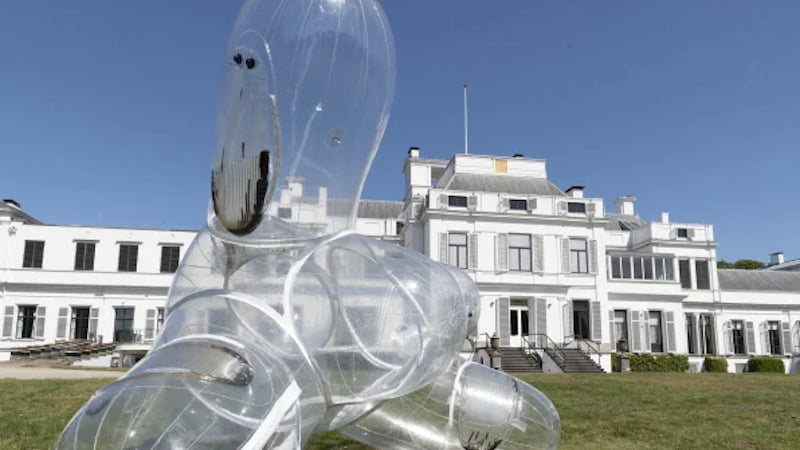
Dutch architect and designer Bob Hendrik has developed a living street bench that can convert CO2 into oxygen. The inflatable plastic structure of the bench contains around 120 liters of algae water.
When it comes to climate change, one plant has particularly great potential: the alga. On the one hand, huge algae tanks are intended to compensate for millions of tons of CO2 in the desert in the future. On the other hand, algae as a component of buildings should reduce emissions in the city.
Nevertheless, there are also downsides, because above all the over-fertilization of our habitats represents a danger. City planners nevertheless believe that algae have great potential. In the Netherlands, the architect and biodesigner Bob Hendrix has now designed a “living bench”. It should not only invite you to linger, but also convert CO2 into oxygen.
Living street bench: Algae convert CO2 into oxygen
The so-called Living Bench consists of biological plastic that is inflated with water and air. So-called hair algae are found in the water. Once inflated, the construction includes 120 liters. All components also come from different ponds in the Netherlands.
The street bench made of algae, in turn, converts CO2 into oxygen in two different ways every day. If there are no visitors on the bench, a solar-powered pump pumps the ambient air into the water. The algae then eat up the CO2 molecules and produce pure oxygen.
Another pump then pumps the air back into the environment on the other side. When people sit on the Living Bench, their movements are sufficient to keep this air flow going.
Up to 200 liters of clean air per minute
The city has to service the bank about twice a month. Then the algae receive new phosphates so that they do not die. The exact impact on the environment is still unclear, but Hendrix says that 500 liters of algae water clean around 200 liters of air per minute.
It is possible that more street benches will be made of algae in other cities in the future to improve air quality. Because air pollution can become a significant hazard, especially in combination with heat waves. The algae bank could help here.
Also interesting:
Source: https://www.basicthinking.de/blog/2022/09/02/strassenbank-co2-sauerstoff/


